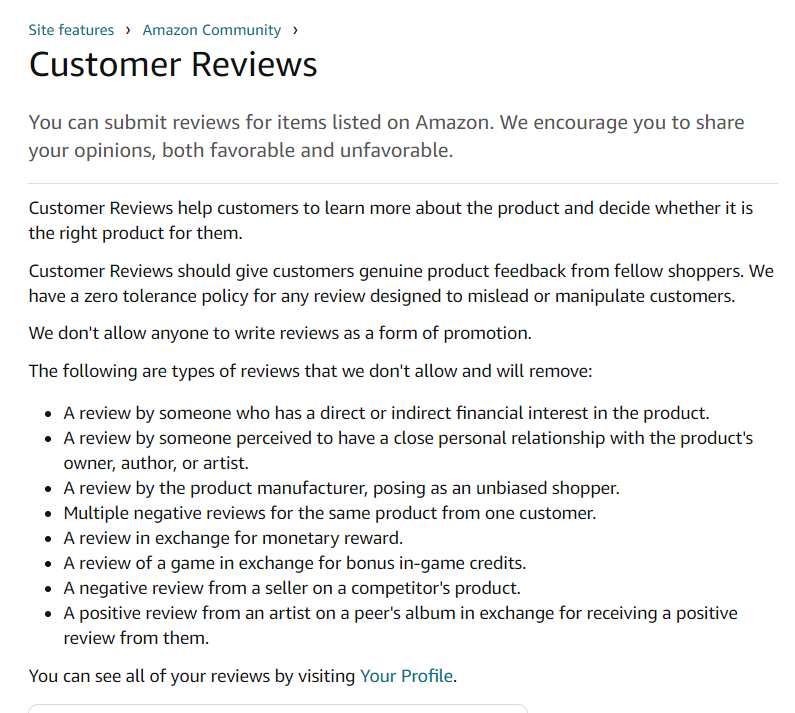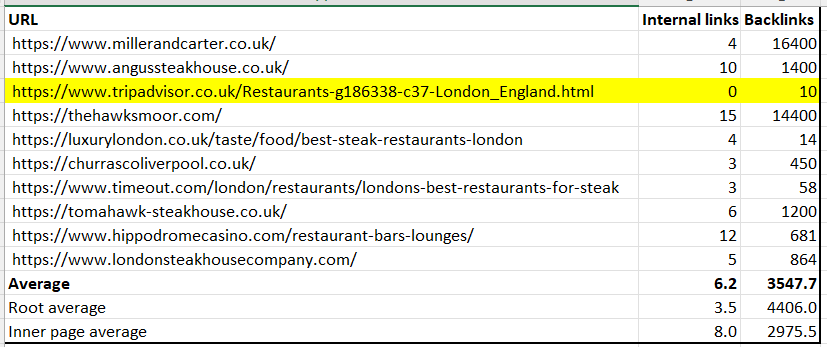What is user generated content?
User generated content (UGC) is any type of image, text, video or audio uploaded by a web user to a website, forum, application, wiki or social media.
In this article, I take a look at how user generated content (UGC) accelerates SEO performance for 4 household digital brands: Amazon, Trip Advisor, Pinterest and TikTok.
The growth of UGC
In the early beginnings of Web 2.0, we started to see the grass shoots of user generated content. Through it’s link based algorithm, Google was interested in comments that could contain a thumbs up to any said web page. Product pages became less static through the all important trend of customers reviewing products online. Webmasters grew online communities via forums. Image based social media like Flickr encouraged users to participate in digital content sharing.
Back then, the innocence of the web in terms of search engine optimisation (SEO) was there to be seen but short lived. For a decade, Google pedalled hard to win the race against search engine manipulators. The SEO fundamentals of links, unique content, on page factors and usability all remain.
But I believe that it is UGC that provides the true SEO gold.
Amazon
Marketers say that brands can only be remembered for one thing. What do you think about when it comes to the Amazon brand? Large product section? Is it speedy shipping? Books? Customer reviews? It is very clear to us all that this ecommerce powerhouse has shifted it’s brand DNA to stay ahead of the competition.

Amazon has hundreds of millions of reviews. According to Semrush, out of 10.8m keywords, 4.6m keywords trigger the ‘reviews’ snippet – with over 800k of those ranking in the top 3. Whilst the trend analysis below shows some drops in top 3 positions where the reviews snippet is visible, Amazon has had 750k-1m top 3 keywords in Google UK showing with those review stars showing. This tells us that Google highly values and trusts Amazon’s user generated content.

Despite large scale studies indicating considerable volumes of fake reviews go live on Amazon, Google must be happy with the quality assurance measures that Amazon have implemented.

Trip Advisor
I’ve recently carried out a bit of research into backlinks and internal links as well accepted technical SEO factors. My findings in spaces such as hotels and hospitality were that Trip Advisor rank in the top 2-3 on Google, with pages that have hardly any backlinks directly to the page in question – and that the URL in question ‘is orphaned i.e isn’t linked to via any menus/faceted navigation.
I think most advanced SEOs are comfortable with the concept of an ‘authority override’, where a power brand like Trip Advisor gets high rankings with some classic SEO elements missing. Due to obvious trust indicators like brand search and total backlinks to a domain as a whole it’s fair for a search engine to award added authority. However, the sheer dominance of a website like Trip Advisor is more fundamentally linked to the user-generated content which creates high engagement and consumer value for so many travel & tourism related search queries. Large brands commit to their customer services teams replying to Trip Advisor reviews to boost their Trip Advisor rankings, meaning that the review pages are constantly changing in relation to ‘quality’.

Following in Flickr’s footsteps, Pinterest is a very popular means of users collecting images in boards for inspiration and ideas. Each ‘pin’ can get quite a lot of social media engagement, and at varying points, in recent years has driven lots of organic search rankings, particularly via Google Images. Pinterest has managed to maintain its popularity due to its user-generated content value proposition. It’s almost like a digital scrapbook. It’s fair to say that Instagram was to some degree inspired by image sharing sites like Flickr and Pinterest. Pinterest complements an app like Instagram; it’s use cases are a bit different.
TikTok
Having recently written about Tik Tok’s incredible rise in organic search seen after Google’s May 2022 core search update, this is what caused me to write this article. TikTok is making it’s name in so many spaces and Google has rewarded the Chinese social media giant with more top rankings than ever. This is mainly down to it’s ecosystem driving fresh search; not just brand search but memorable content and/or TikTokers that are associated primarily with TikTok. It’s explosive – and obviously all fueled by user generated content. The highly addictive algorithm would be worthless without all of htat content.
Conclusion
An SEO strategy without any consideration for user-generated content is missing a crucial piece of the SEO jigsaw puzzle. Google feeds off of that content freshness, sentiment and social proofing because web users love it. So whether it’s Q&A on product support pages, simple customer reviews on product pages or even old school comments on articles perhaps managed via an app like Disgus – don’t forget that UGC is pure gold.
